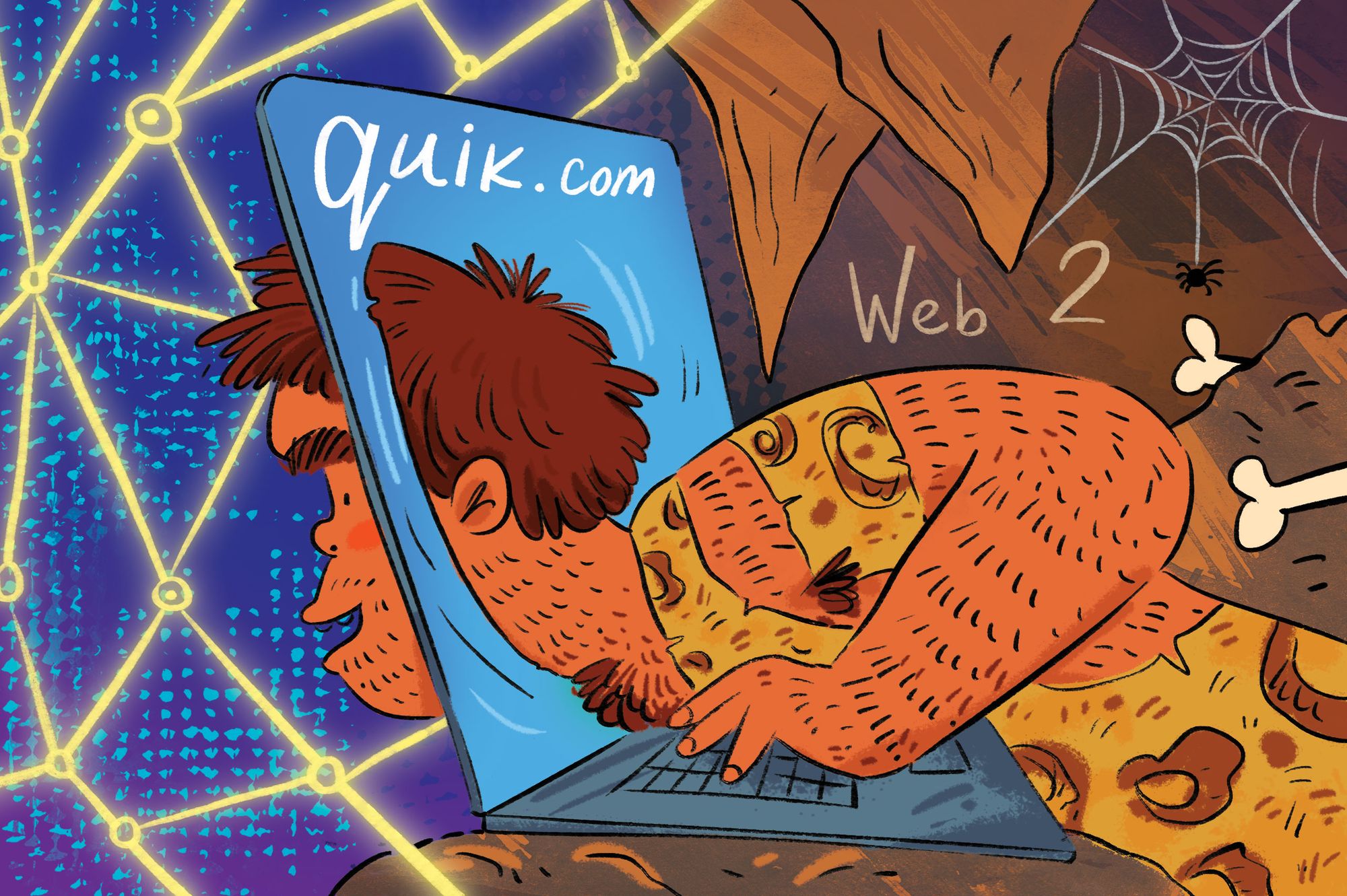Where are the latest advancements in Web3 and the metaverse taking humanity? My Views
Everything seems so metaversetic, right? The Fourth Industrial Revolution is bringing forth great technological improvements faster than ever, leading to the creation of a decentralized internet environment based on distributed blockchain protocols and cryptography.

Some bookworms, like myself, may immediately think of Neil Stevenson's 1982 science fiction novel "Snow Crash" when they hear the term "metaverse." But today, as the novel has become a reality, humanity is living through the Fourth Industrial Revolution, driven by technology and widening the digital divide between the real and virtual worlds.

The decentralized web 3.0 focuses more on user privacy concerns and offers autonomous solutions and a way out of the centralized prison. On the other hand, security and privacy problems are receiving significant attention as the third iteration of the internet.
Was our data truly ours, even though we maintained websites, developed apps, and created public or private accounts? No, because the centralized authority in charge of Web 2.0, the read-write web primarily focuses on socializing and managing our data and provides temporary ownership with the original keys in their possession, meaning they can stop or deactivate our account without notifying us.
In a recent statement, Indian Finance Minister Nirmala Sitharaman pushed banks to identify fraud and develop early warning systems by utilizing Web 3.0 and AI capabilities. Even though Web 3.0 is so promising, even global governments have begun acknowledging and implementing it.

The minister also praised the government's account aggregator architecture and asked for the implementation of more reforms to enable communication between private and public sector banks. The IBA (Indian Banks' Association) will coordinate web3, data analysis, artificial intelligence, and deep data dives for fraud detection and produce early warning indications of something going wrong.
"Software is devouring the earth"
The idea is that businesses operating in the physical world will soon transition to the digital realm, with software as the foundation.
The metaverse, web 3.0, NFT domains, and digital collectibles are connected and serve as each other's pillars for interacting and communicating in the digital sphere. While our culture moved quickly from dial-up to instant internet access, the Washington Post reports that in 2000, only 50% of Americans had home broadband connectivity; today, that percentage is over 90%.
This fifth wave of innovation will allow us to fully realize the potential of the metaverse and move digital avatars to the realm of harsh reality as technology has developed. The internet has expanded to a new avatar, the metaverse, web3, the next Internet iteration.

Everything is evolving so quickly that it is difficult to keep up. To keep up with such rapid occurrences, we need innovations like Indiatech.com, which publishes breaking technology news and stories with current information and a flow that matches our own. One thing to keep in mind is that staying up to date with the industry is important for business owners and everyone because it enables us to comprehend and recognize new ideas that may provide us with a solution or maybe make us lazier.
Web 3.0
Billions of venture capital dollars back the rapidly evolving Web3 buildout for progress. Online 3.0 has the potential for decentralized applications in many fields that could address ownership issues relating to privacy, self-sovereignty, and digital economics within the web or the Internet.
The centralized intermediary rent-seeking monopolistic business structure is intended to be disrupted by using tokens, cryptography, and decentralized technology. It is anticipated that this technology will reach a tipping point in adoption across industries, such as food safety and aircraft maintenance, and tokenize their applications.
Sharing ownership via tokens and tokenomics with users to provide value is a basic principle of the web 3.0 ecosystem since tokens are transformative elements of the web3 business model. They are programmable assets on the blockchain that enable users to own, receive rewards from, and participate in the development and management of the web3 platform and its networks.
Metaverse
Advocates for the metaverse, like myself, have frequently been asked to define the metaverse, and to be honest, this has led to a great deal of misunderstanding about what it entails and what it is. The metaverse is an ecosystem where the physical and digital worlds interact, influence, and produce to create an equal paradigm that puts the user's needs first.
The newest metaverse projects lead the industry toward an innovative turn by reinventing their digital presence and operating two economies (virtual and physical) while connecting their presence with their users and customers in every mode possible. These sectors include the gaming industry and fashion, business, retail, sports, real estate, and many others.
User-first because all new inventions in the metaverse and web3 domains are user-oriented and focus on creating concepts that make users' lives easier and more convenient. This has sparked a market competition to demonstrate which user experience is the greatest.
Advancing technologies
Play-to-earn, play-to-win, and numerous other gaming concepts have improved the economy in the gaming industry and elevated gaming from merely a social activity to a significant economic force. Fashion is making its way into the metaverse for us to try on new outfits online and experience the runway from our space employing reality tools.
Hosting decentralized websites on the web3 and connecting our metaverse property to NFT domains allows us to create a decentralized existence with a unique name for our property. Web3 allows decentralized platforms, while the metaverse creates decentralized spaces. By combining both technologies, NFT domains connect both technologies.
The first decentralized space is being accessed through innovations like Quik.com, whose NFT domains offer access to every existing digital sector—from web3 to cryptocurrencies and NFTs, as well as the metaverse—at a single location, enabling users to host and connect their digital quests with unique identities.

Where are the metaverse and web3 technologies leading in terms of all the parameters combined? These are guiding us in the direction of a decentralized area that offers us a way out of reality and into a parallel universe that functions, rotates, and circles in real time, where events in the actual world impact those in the virtual world and vice versa.